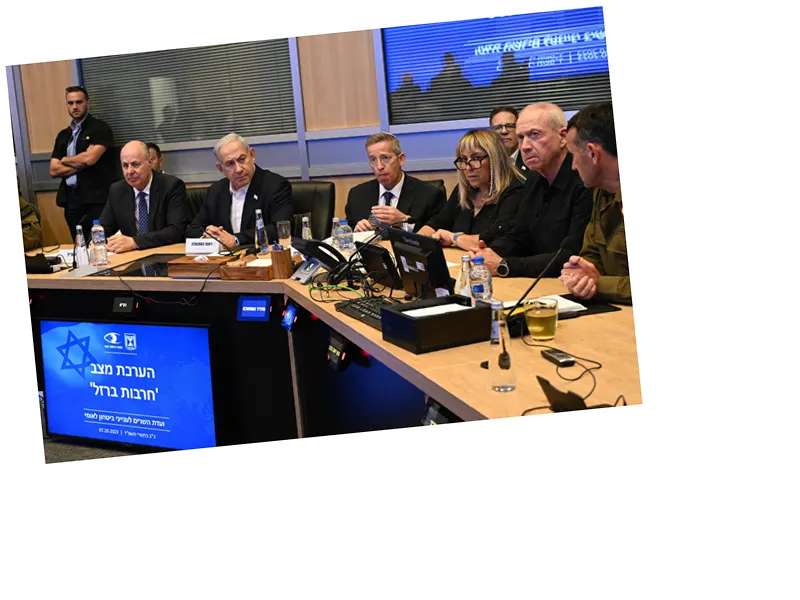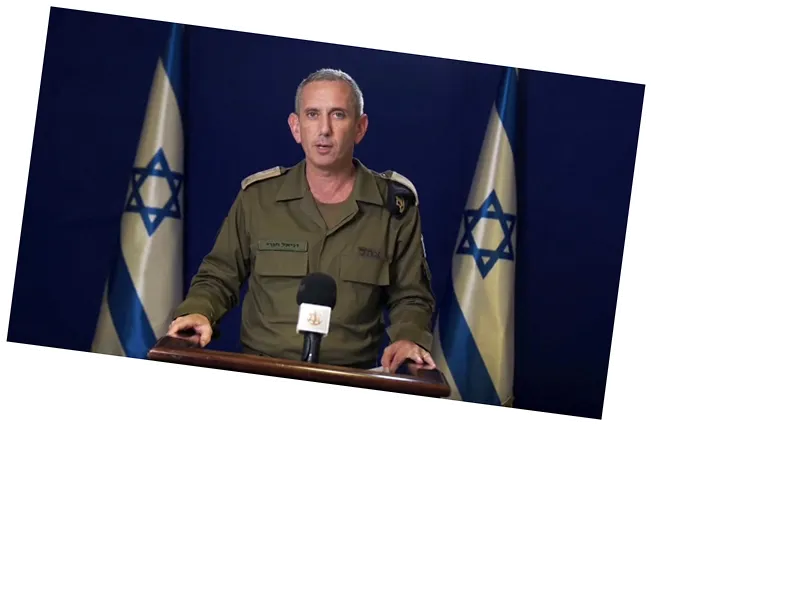The Ongoing Conflict in Gaza: A Historical Perspective
The recent escalation of violence in Gaza has resulted in a staggering death toll, with nearly forty-four thousand Palestinians reported killed since October 7, according to the Palestinian Ministry of Health. The number of injured has surpassed one hundred thousand, highlighting the severe humanitarian crisis in the region. This article delves into the historical context of violence in Palestine, tracing back to various massacres that have occurred over the decades, including notable events such as the Haifa massacre in 1937 and the Ibrahimi Mosque massacre in 1994. The current situation is viewed as part of a long-standing pattern of violence against the Palestinian people, characterized by systematic aggression and a militarized response from the Israeli state.
Ideological Underpinnings of Violence
The article further explores the ideological foundations that have fueled this ongoing violence, particularly the Zionist doctrine that intertwines religious beliefs with territorial claims. This doctrine posits that the land of Palestine is divinely promised to the Jewish people, a belief that has historically justified the displacement and killing of Palestinians. The militarization of Israeli society and the dehumanization of Palestinians are highlighted as critical components of this ideology, with prominent Israeli figures using inflammatory language to describe Palestinians, further entrenching the cycle of violence. The narrative of good versus evil, as framed by Zionist beliefs, has led to a justification for extreme measures against those deemed as threats, including civilians.
The article concludes by emphasizing the dire humanitarian situation in Gaza, where basic necessities such as water and food have been targeted, exacerbating the suffering of the civilian population. The ongoing conflict is not merely a political struggle but is deeply rooted in historical grievances and ideological convictions that continue to shape the realities on the ground.





